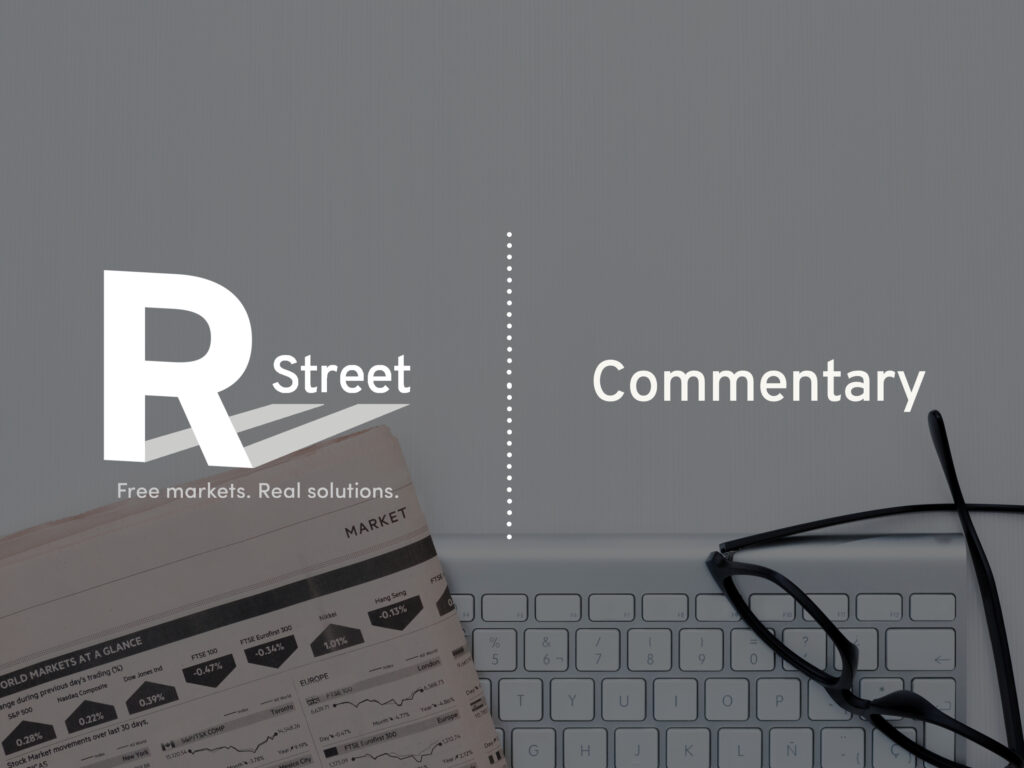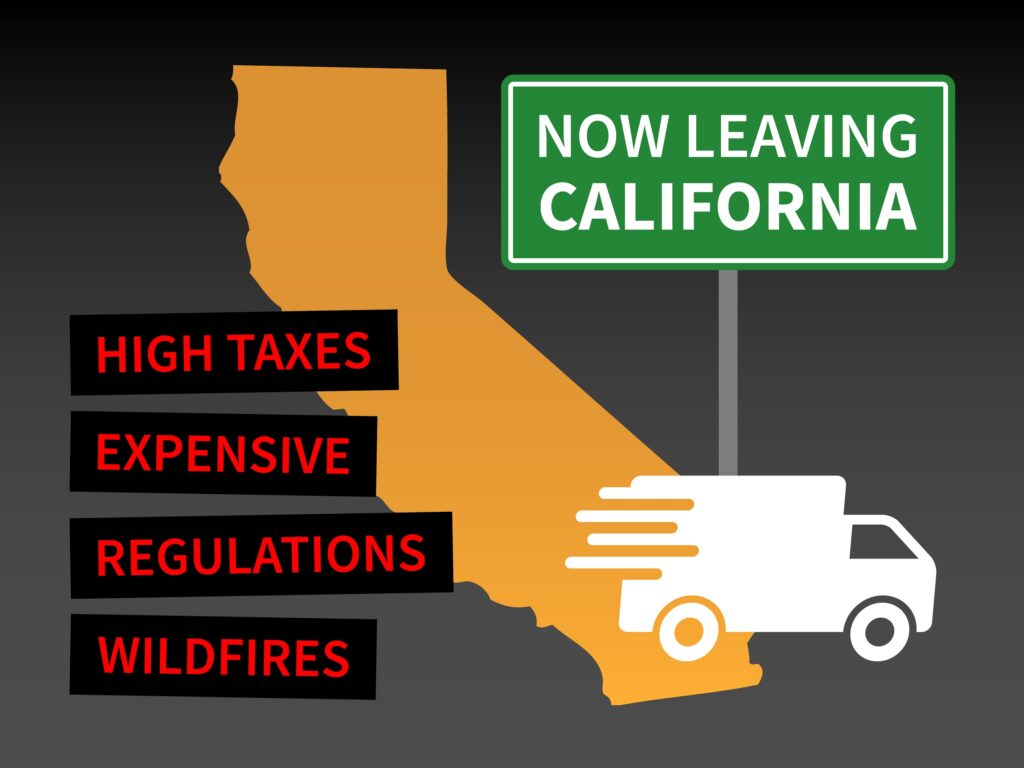R Sheet on PACER Reform
Authors
Key Points
PACER was created to increase public access to the United States’ full catalogue of federal court documents in the form of a one-stop shop.
The system’s paywall and lack of responsible management has stymied its usefulness as a public tool.
PACER’s fee system results in revenues that far exceed its mandated authority to collect money “only to the extent necessary […] to reimburse expenses incurred in providing [its] services.”
To bring PACER in line with its revenue mandate and provide truly public electronic access, its per-page download fees should be significantly reduced or eliminated.
Media Contact
For general and media inquiries and to book our experts, please contact [email protected].
Background
The Public Access to Court Electronic Records System, commonly known as PACER, is an online database of U.S. federal court documents managed by the federal judiciary. Created in 1988 and made available on the internet in 2001, PACER is the only publicly accessible electronic collection of case and docket
information from federal appellate, district and bankruptcy courts. Although the documents that PACER houses are free to access in person at each respective court, PACER operates as a subscription service, generally charging users 10 cents per downloaded page. In recent years, PACER has collected over $145 million annually in nonappropriated revenue for the judicial branch.









